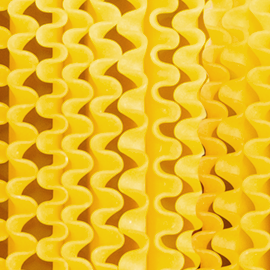
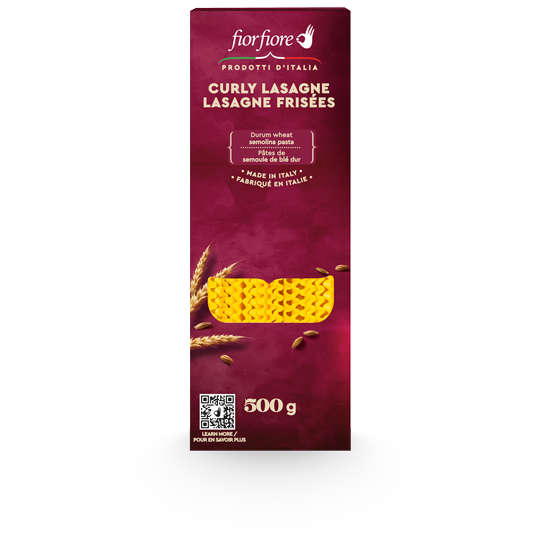

Curly Lasagne
These lasagne sheets have attractive curly edges, which better retain the filling between pasta layers, and making the finished dish taller and less dense.
The True Taste of Italian Pasta
- Not all pasta is created equal. While modern industrial pasta is shaped using Teflon dies for speed and efficiency, this creates a smooth surface that causes sauce to slip off, collecting at the bottom of your plate. Our pasta, instead, is made using bronze-cut dies – a traditional method that creates a naturally rough, porous texture. This difference matters: sauces grip the pasta properly, enhancing flavor with every bite and offering a truly authentic eating experience.
- Texture isn’t the only secret. Unlike pasta dried quickly at high temperatures, our pasta undergoes a slow, low-temperature drying process, lasting up to 12 hours. This careful method preserves the wheat’s aroma, natural flavor, and nutritional value – something fast drying simply can’t achieve. The result? A pasta that holds its shape, cooks to a perfect al dente texture in just 10 minutes, and elevates every meal with its genuine Italian character.
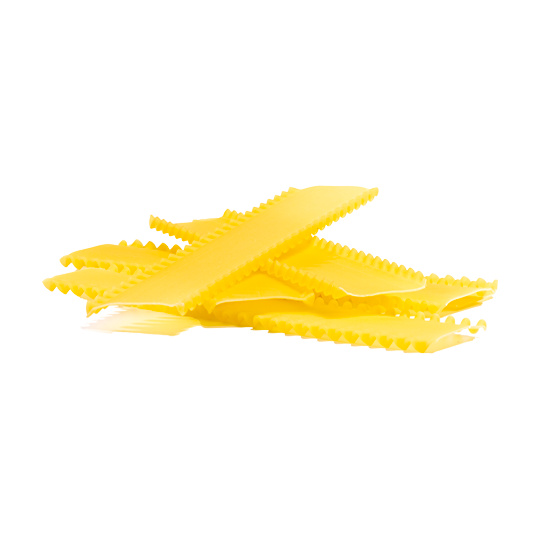
Ingredients
Durum Wheat Semolina, Water.
Contains: Wheat.
May Contain: Soya, Mustard. Egg.
Preparation
It is recommended pre-cooking lasagna in boiling water for about 7-9 minutes. Once stuffed, bake for another 20 minutes.
In boiling water, the complete cooking of the product is 14-15 minutes.
| Nutrition Facts | Per 1/5 package (85g) | %Daily Value* | Read more | |
|---|---|---|---|---|
| Calories | 307 | |||
| Fat | 1 g | 2% | ||
| Saturated | 0 g | 0% | ||
| Trans | 0 g | |||
| Carbohydrate | 60 g | |||
| Fibre | 3 g | 10% | ||
| Sugars | 3 g | 3% | ||
| Protein | 11 g | |||
| Cholesterol | 0 mg | |||
| Sodium | 2 mg | 0% | ||
| Potassium | 206 mg | 4% | ||
| Calcium | 24 mg | 2% | ||
| Iron | 1 mg | 5% |
*5% or less is a little, 15% or more is a lot.
Recipes
The importance of pasta in Italy
Italy is the only country where pasta serves as the foundation of the national cuisine.
The multiple types, and the variety of flours used, illustrate both the central role this food plays in the Italian diet and each region’s ability to differentiate and identify itself through the varieties of pasta it produces.
Historians continue to debate pasta’s origin across the Italian peninsula. Some say Marco Polo brought it from Asia, others claim that the Etruscans came up with the recipe as a means to preserve the flour. Its nutritional value and long shelf life made it a versatile product for trading in the Mediterranean throughout the Middle Ages, and a staple in many households for centuries. Italians often say, “it is not a meal without pasta”.
Wheat field in Tuscany.
You might also like...
Submit your review | |
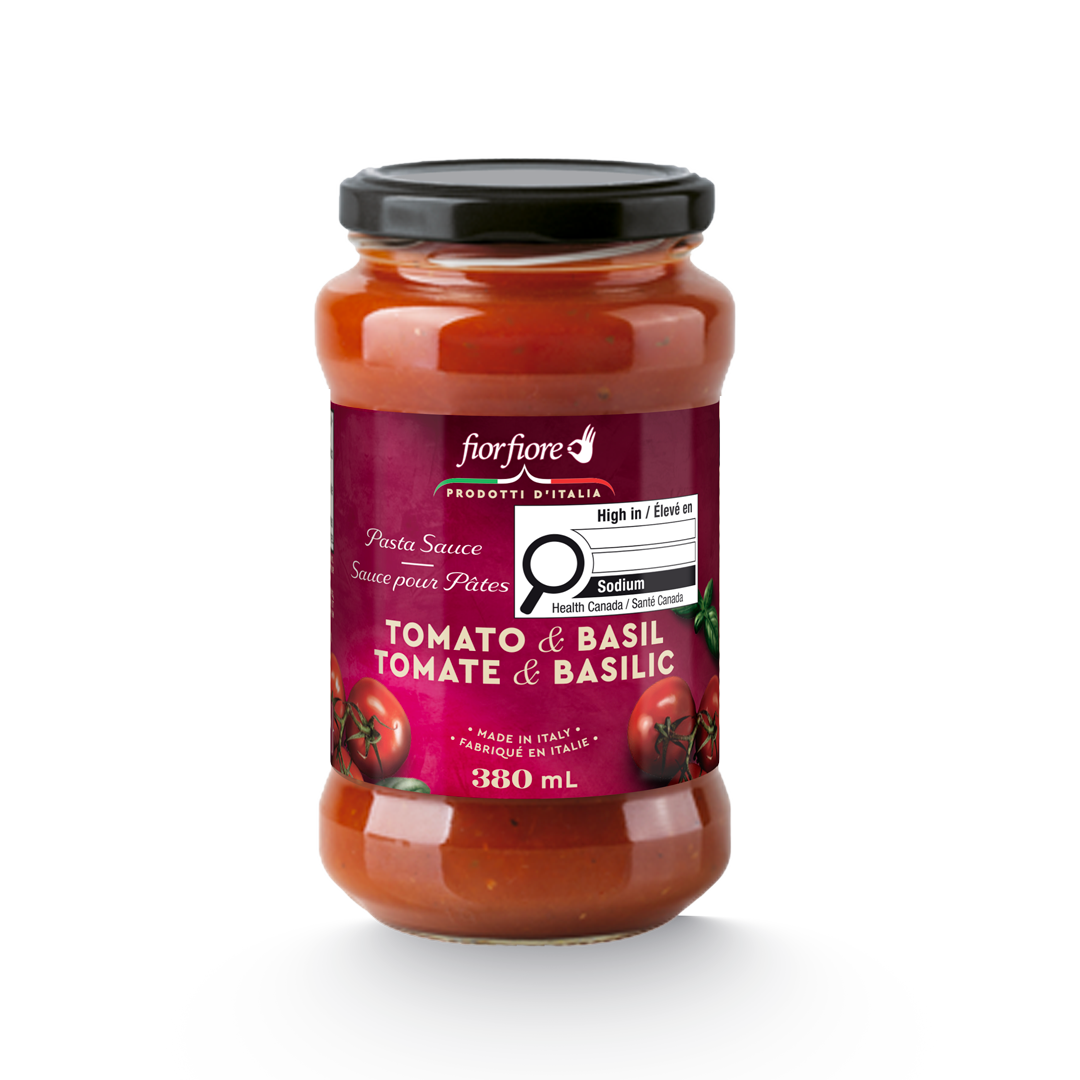
 FiorFiore USA
FiorFiore USA